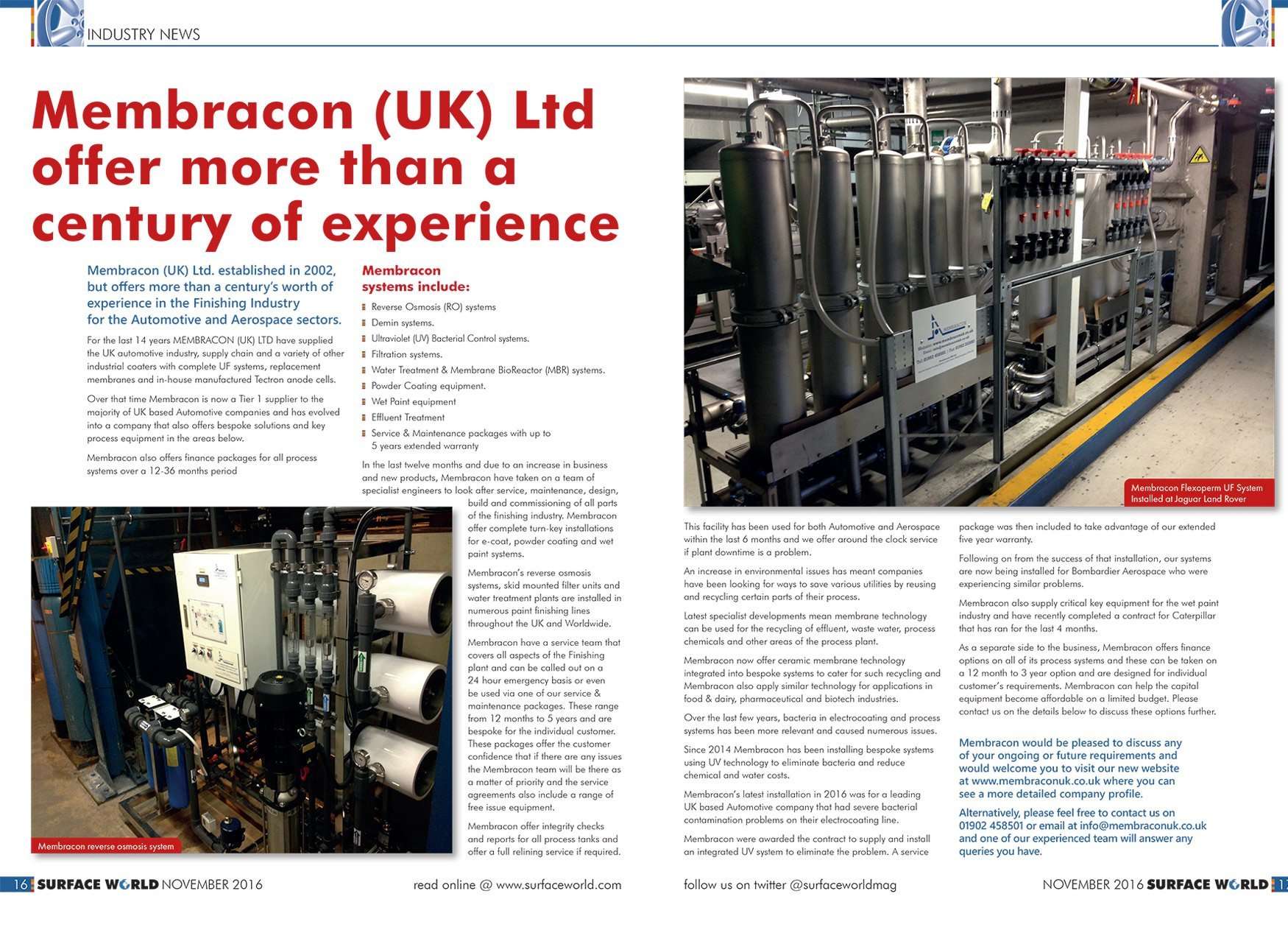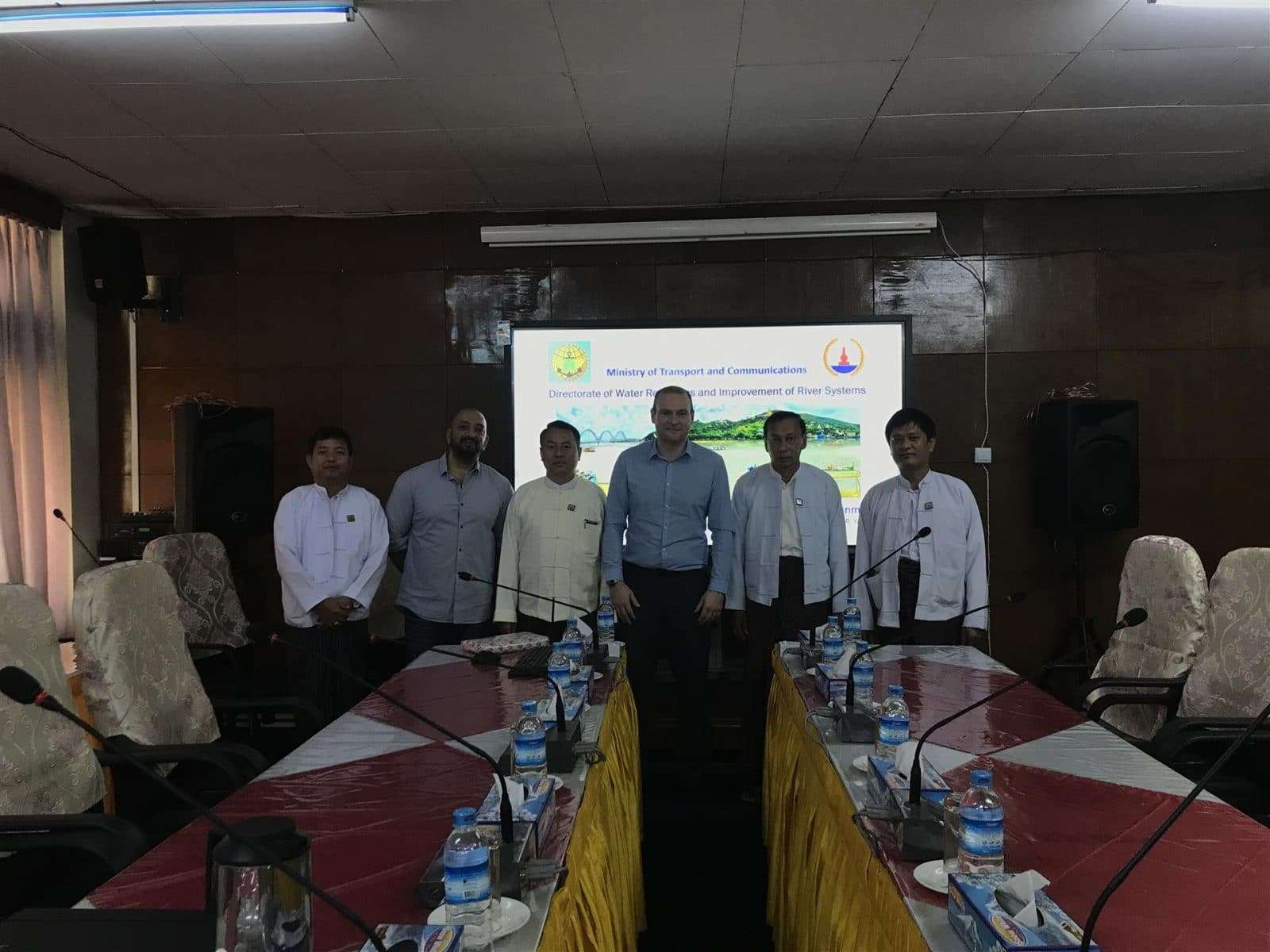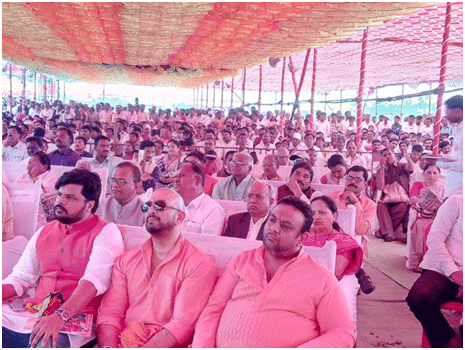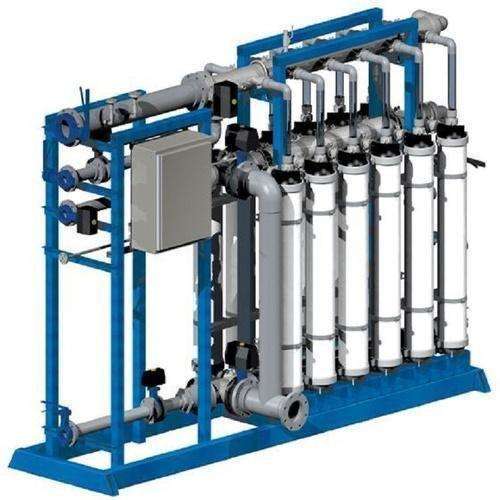Get FREE Advice On The Latest Water Treatment Technology
Membracon support the world’s biggest names in manufacturing to provide clean water solutions.
Discover how the very latest in water treatment technology can help you reduce costs, increase efficiency and improve productivity.














